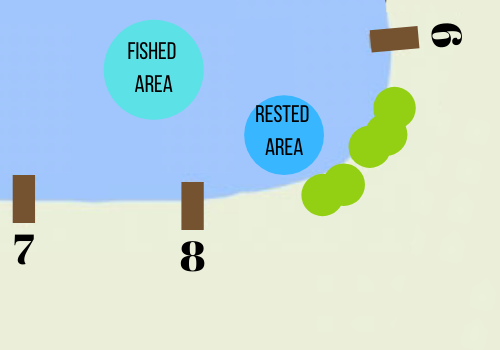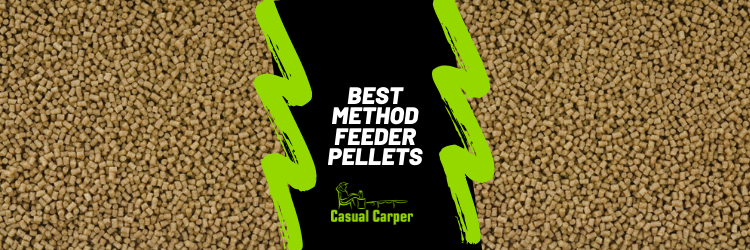
Method feeder fishing with pellets is becoming more and more popular, especially with day session carp anglers like myself.
There’s a wide range of weird and wonderful feeders out there as well as more pellets than you’d ever need. I’ve fished with a good few of them to bring you my top 3 pellets, how to prepare them and how to use the feeder to its full potential. If you’re completely new to feeder fishing you can find my guide to method feeder fishing here.
Top 3 feeder pellets
These are my top rated pellets for fishing the banjo style feeder and using a mould – The best way to fish them.
Number 1 – Sonubaits fin perfect
Kicking it straight off with my number 1 pellet – The Sonubaits Andy Finlay method feeder pellet – 4mm. I’m being very specific about this as these are the exact ones I always carry. This range comes in 2mm & 6mm and there is also a feed pellet in the same size and packaging so make sure you get the right ones. (You can the exact ones here).
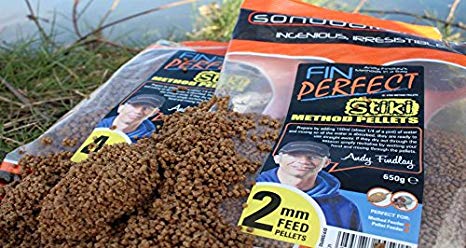
I prefer the 4mm as it just seems to work in the feeder better for carp and stay compact a little longer.
I fish these usually on a Preston innovations round banjo or a Dura banjo. These are the easiest pellets to mix on the market, all you need is a bucket!
How to prepare fin perfect method pellets
- Pour the bag into a bucket
- Add 150ml of water and mix well
- Get them in the feeder and cast out – easy as that.
If you want to mix it up, as we all do sometimes, add some flavouring to the water. I’ve used Beta Stim in the past or you can use a bait spray. You can also cover it in the latest goo style baits for an extra kick.
What hook bait should you use?
This is a really debatable issue as some people swear if you are feeding pellets you should be fishing pellets – I don’t agree (but do sometimes use pellets on the hook). My go-to method is to use a light coloured small boilie and this works really well for me. The carp aren’t really going to miss a boilie sitting on the top of the pellets! Corn or maize is another hook bait I like to use when fishing a method feeder, it’s a great visual bait sitting on the top of the feeder.
Number 2 – Skreting pellets
These are more of a standard fishing pellet that you can usually find for sale in your local tackle store- They usually look like the store has bagged them up themselves. These can be bought in these bags or in bulk bags from larger suppliers or on eBay.
These are a great pellet for fishing at long range and you can leave them in for a while longer if you use my method for soaking them.
Soaking pellets method
- Fill a tub 3/4 full of pellets, using either the 2mm or the 4 mm pellets – you add a flavouring at this if you wish – recommended.
- Fill the tub with water to around 1cm-2cm above the pellets, or a mix of water and beta stim liquid.
- Leave overnight and then get out on the bank.
These pellets will expand to almost be like a sticky paste but still pellets if you get it right. This means you can mould it a little in the feeder for a different presentation. It also lasts longer on the feeder. This is a video from my youtube channel showing how the pellets expand in the feeder. It really pushes the hook bait higher and higher in the water and the bed of pellets keeps expanding.
I’d skip towards the end as nothing really happens and I don’t catch anything in this video! It’s just always interesting to see what your bait does underwater. This was filmed on my water wolf HD – review here, in April time in a lake with visibility of about 2-3 feet at this time of year. The bottom is mainly clay with weeds coming up in June time and dying off in August.
I find the pellet feeder best for when the weeds are lower and especially good for catch carp in volume up to about 10LB. I have caught bigger on these feeders but the average I catch is around the 6lb to 8lb mark.
Number 3 – Bag up baits spicy sausage and halibut
These make the list due to their flavour and mixed colours. These are a good bait to have on hand on lakes where the feeder is heavily fished. It just gives you a nice differentiator rather than the usual coarse pellets. These are the type of bait I’d look for on busier commercial fisheries where you need something different at times. If you’re unsure at a venue I’d personally take a bag of these and a bag of the Sonubaits and swap between casts. This will help to find the feeder that works best for you.
These are prepared with a quick soak and can also be used as a loose feed. These are micro pellets and can be fished with any banjo or pellet feeder. I’d say they have a casting range of about 20-30 meters but I personally stick to the margins and smaller waters with pellet feeders.
Hook baits for method feeder fishing
Now we’ve got the pellets sorted it’s time to think about the hook bait we should use for fishing this method. I know there’s a school of thought that says if you feeding pellets you should use a pellet as your hook bait. I personally don’t subscribe to this view. Fishing a 4mm pellet on the and then an 8mm-10mm pellet makes no difference if it’s a boilie of a pellet on the hook in my opinion.
I always fish a boilie on the hook on these feeders and have had great success when fishing a white boilie as the hook bait. You can see my best small boilies guide here for some tips on exactly which baits to use.
If you have any questions about method feeder fishing drop me a tweet to @casual_carper or find me on Instagram – search “@Casualcarper“.
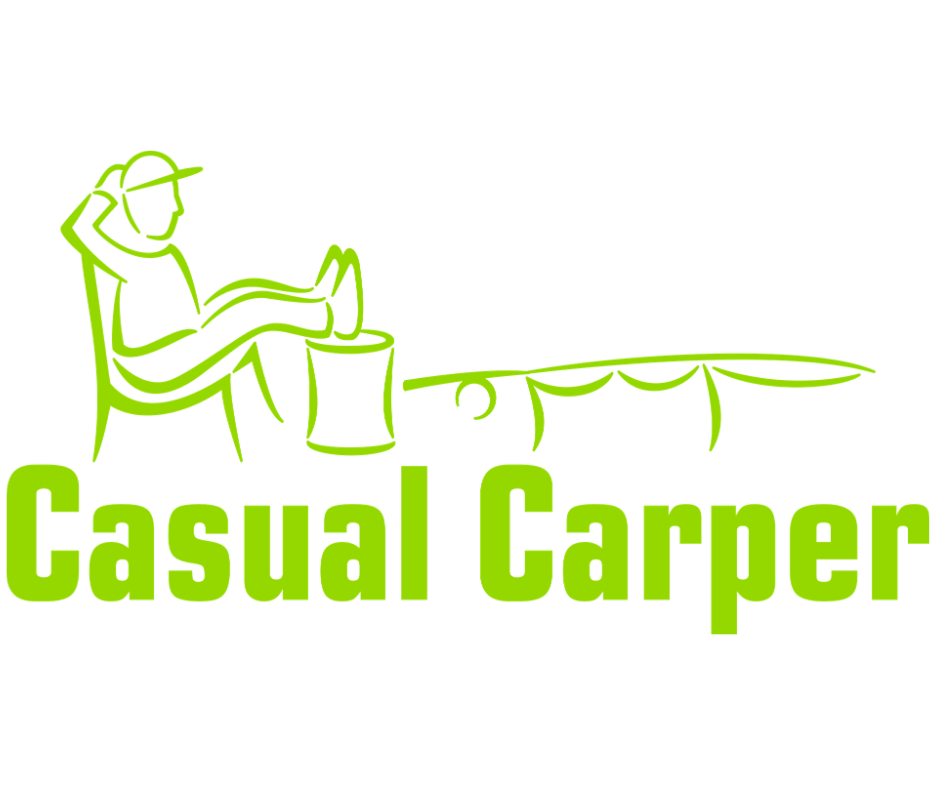
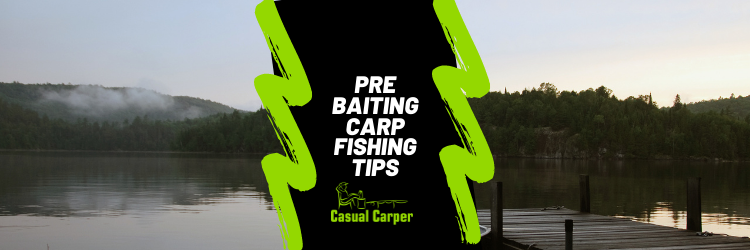

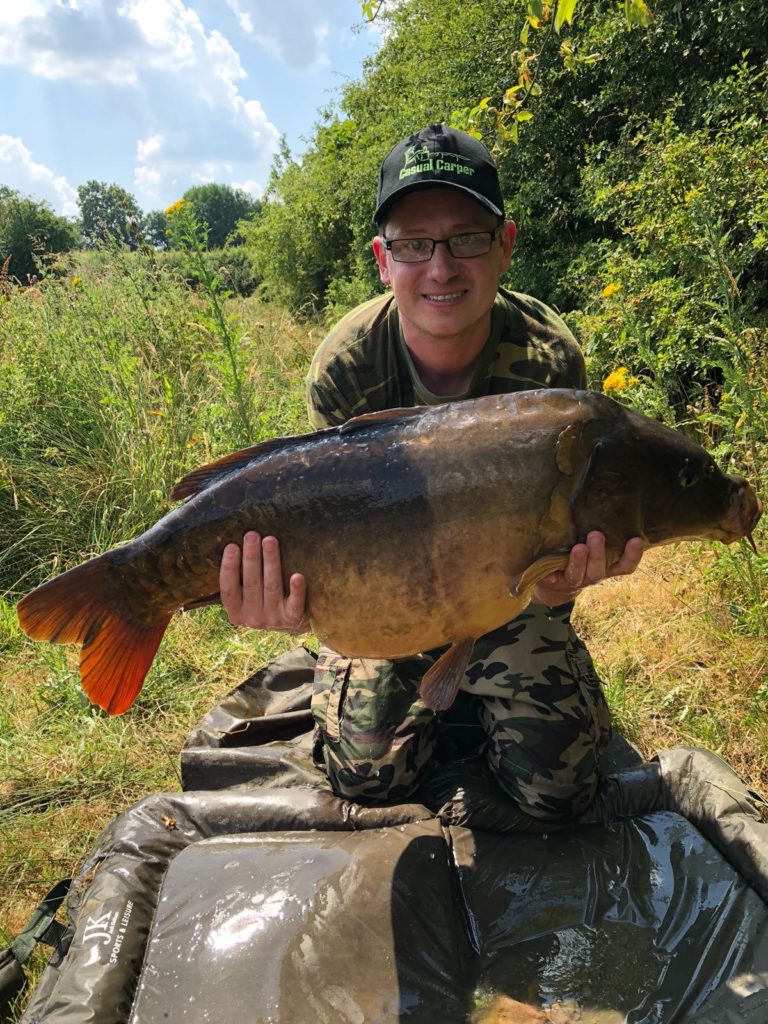
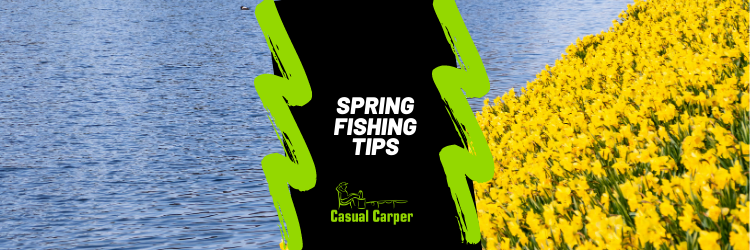
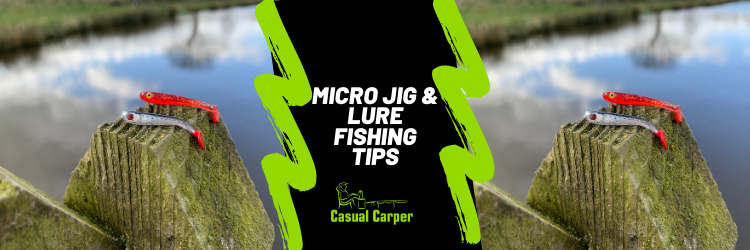


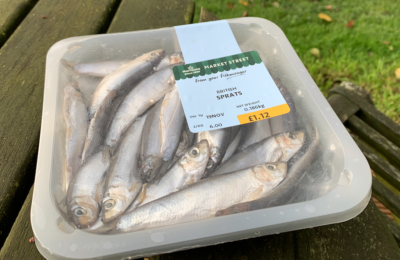
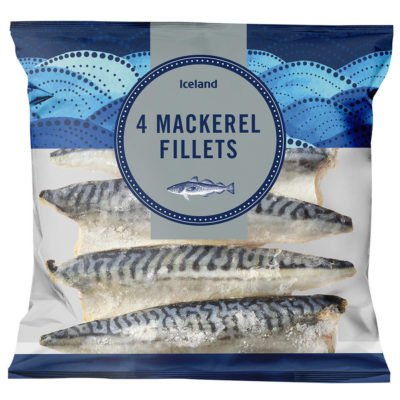



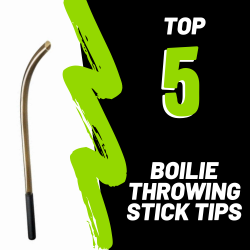
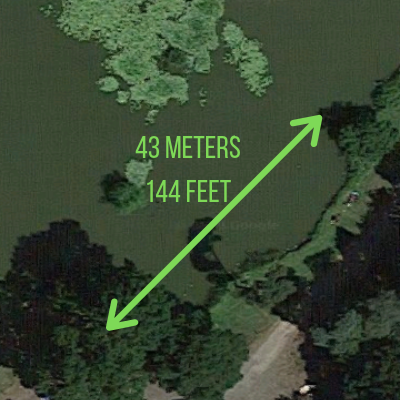 On the larger longer-range sticks a range of 100 meters and above is achievable with the right bait and practice.
On the larger longer-range sticks a range of 100 meters and above is achievable with the right bait and practice.








